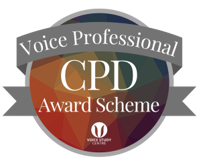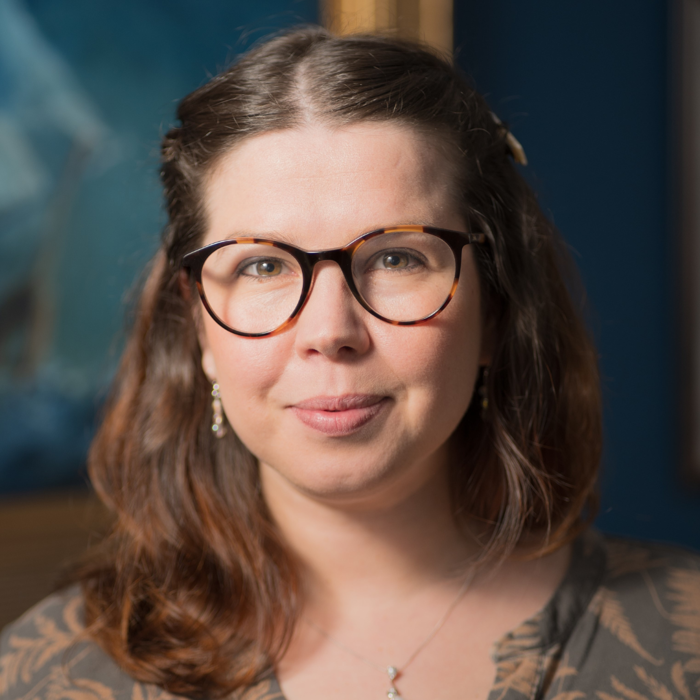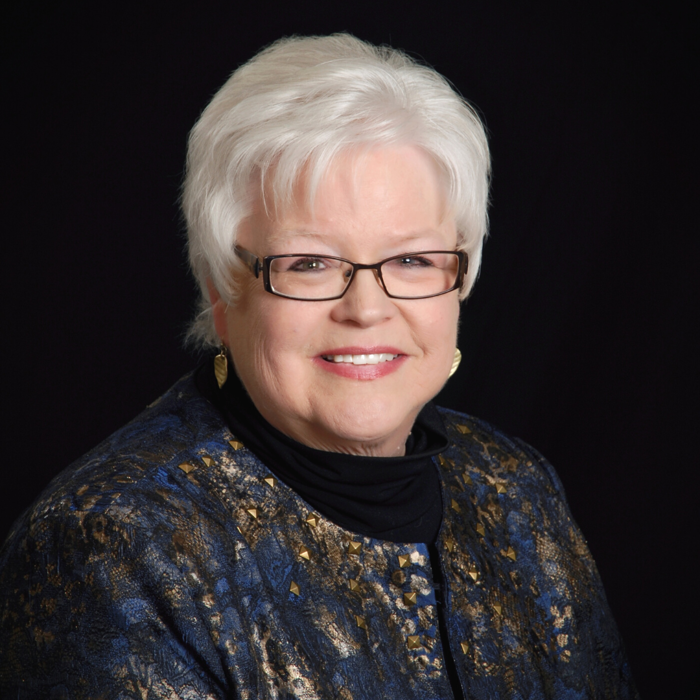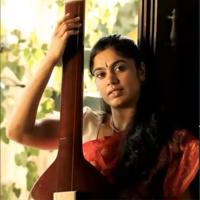The Sounds and Ornamentations of Indian Classical Music
Tuesday 13th August 2024, 5:00 PM - 7:00 PM (London Time)
Indian Classical Music (ICM) is an ancient oral tradition that dates back to around 500 BC. Despite its evolution over the centuries, it has managed to maintain its unique style and cultural significance. Until recently, this style of music has been largely overlooked in voice research. Given the global presence of the Indian community, it is essential for both teachers and singers to understand and learn from this style to better serve Indian students while staying true to the authentic form of the music while also gaining insight on how to diversify and cross-train within your own singing practice. Indian Classical Music is split into two major styles: North Indian (Hindustani) and South Indian (Carnatic). The workshop will primarily focus on Carnatic Music.
This workshop first explores the ‘authentic’ sound of ICM. The questions we will explore are:
- What is the authentic ICM sound? Is there only one?
- What have singers and teachers experienced as the authentic ICM sound quality?
- What the ranges and acoustic features of an authentic sound are, and some ways to train these sounds
Next, you will get an introduction to various vocal ornamentations, which is one of ICM’s key stylistic features. To execute these ornamentations, the singer requires a great deal of vocal agility. Accordingly, we will explore:
- The various types of vocal ornamentations in ICM
- Trying out these ornamentations in your voice
- Ways to train these ornamentations
Finally, we will discuss some of the habits that could hamper the ICM style - what some of the vocal function hurdles are that ICM singers face and how to approach these in a culturally sensitive way.
The workshop will include interactive components, such as singing and listening to ICM singers, and there will be plenty of time for questions.
Samyukta Ranganathan
Samyukta is an award-winning singer of Indian Classical Music (ICM) with an active teaching and performance career in New York City.

Attend this course for as little as £22 as part of the Voice Professional Training CPD Award Scheme.
Learn MoreSorry, this is an archived short course...
We have plenty of upcoming short courses coming soon. See details of some of them below or look at the full list of short courses.

Monday 12th January 2026
12:00 PM - 1:30 PM
Tuesday 13th January 2026
12:00 PM - 1:30 PM
Wednesday 14th January 2026
12:00 PM - 1:30 PM
Thursday 15th January 2026
12:00 PM - 1:30 PM
Tuesday 20th January 2026
12:00 PM - 1:30 PM
Wednesday 21st January 2026
12:00 PM - 1:30 PM
(London Time)
Level One Certificate in Accents and Phonetics

Louisa Morgan
Are you a voice, acting, or singing coach looking to expand your expertise and add accents and phonetics to your teaching repertoire? This 6-session course covers essential topics such as articulatory, acoustic, and auditory phonetics, the International Phonetic Alphabet (IPA), and ethical approaches to accent and dialect coaching. By the end of this course, you'll be equipped with the knowledge and practical skills to start to bring phonetics and accent coaching into your coaching and provide more comprehensive support to your clients.


Monday 12th January 2026
2:00 PM - 4:00 PM
(London Time)
Emerging and Developing Voice: Singing and Speech

Karen Brunssen
How does the singing voice influence the speaking voice? How does the speaking voice influence the singing voice? When is there a disparate relationship between the two? Can they help each other? Can one harm the other? How can we use them positively in the voice studio. During this short course we will consider the voice as we sing and as we speak. The acquisition of language is a very interesting journey from birth through old age. We will broach the topics of “lexical” which refers to learning words, and “semantic” which is how we use words in the context of language.


Monday 12th January 2026
5:00 PM - 7:00 PM
(London Time)
Perfectionism: A Theoretical & Clinical Overview

Dr David Juncos
What exactly is meant when we label ourselves or someone we know a perfectionist? It is a good to be this way? Or are you setting yourself up for failure? Can a performance psychologist or a other performance-related practitioner help you if you’re a perfectionist? In this short course, you will learn how perfectionism is defined according to popular models in clinical psychology, and whether it is maladaptive or adaptive. You will also learn how perfectionism impacts on music performance anxiety, in addition to other areas of importance for performing musicians, like work-related stress and burnout, and procrastination with one’s practice.
